Fountain of the Lions. Methodology of a Restoration
In order to explain to the visitor in greater detail the recent restoration work carried out by the Patronato de la Alhambra y Generalife in the Court of the Lions, an informative exhibition Fountain of the Lions. Methodology of a Restoration has been installed in the crypt of the Palace of Charles V. The exhibition will show documentary videos about the most relevant works fulfilled on this fountain.
After ten years citizens will be able to enjoy and appreciate the aesthetic values of the sculptures of the lions and the Nasrid fountain, both of which have water spouting from them once more.
The first stage of the complete restoration of the Court of the Lions has been organised by the Patronato de la Alhambra y Generalife in collaboration with the Spanish Institute of Historical Heritage and the Andalusian National Heritage Institute. Together with these professional people, there has also been a multidisciplinary technical team from the universities of Granada, Córdoba and Seville. About 20 companies –mostly Andalusian– have had over a hundred of their specialized professionals and eleven additional experts all working on the restoration directly.
The project, whose cost has reached the figure of 2,243,730 Euros, has been able to recover the image of the fountain with authenticity and integrity (fundamental principles for World Heritage sites), as well as restoring the hydraulic system.
The restoration at the Palace of the Lions began in 2002, when the first of the twelve sculptures – Lion number 4– was removed. In 2007 the rest of the lions were removed from the courtyard to undergo a long process of restoration. Thick calcareous layers were eliminated, biological invasion detained, breaks from different causes repaired, and metallic elements and harmful materials such as concrete removed. This restoration took place in the Patronato de la Alhambra y Generalife workshops. The basin had to be restored on site due to its size. A temporary workshop was installed in the courtyard for this purpose.
Later, and due to restoration work of the hydraulic circuit of the fountain, an excavation based on archaeological methodology took place for the first time in 2011. The excavation made it possible to document and preserve the materials found, while it confirmed the existence of archaeological remains dated from a period prior to the construction of the emblematic Palace of the Lions, which was built by Muhammad V in the second half of the 14th century.
The lions returned to their original location in December 2011, after nearly two years in the crypt of the Palace of Charles V, where they were exhibited and visited by over a million people. The principle of authenticity which has guided the lions’ restoration has revealed the meticulous and perfectionist process followed in order to reinstate this sculptural gem.
This stage of the complete restoration of the Court of the Lions has concluded with the laying of 250 marble slabs. The pieces, which have different measurements and weights, ranging from 50 to 40 k. each, cover a surface of 400 square metres and have been specifically designed for this location. The project has been coordinated by the Conservation Service of the Patronato de la Alhambra under the supervision of the architect Pedro Salmerón.
With the purpose of maintaining the lions and the basin in a perfect state of preservation, the Patronato de la Alhambra y Generalife will have a specialized high technology team from now on. Among other facilities the Complex will be provided with instrumentation equipment to register and analyse data; this will be located in the courtyard, in other words, a weather station, which will be able to assess the adaptation of the materials to the microclimate of the Court of the Lions, as well as an advanced security system.
CRYPT OF THE PALACE OF CHARLES V
MONUMENTAL COMPLEX OF THE ALHAMBRA AND GENERALIFE
DATES: 27th July 2012 – 20th January 2013
VISIT WITHIN THE ITINERARY OF THE NASRID PALACES
MONDAY – SUNDAY
15 March – 14 October: 8:30 am to 8 pm
15 October – 14 March: 8:30 am to 6 pm
EVENING VISIT WITHIN THE ITINERARY OF THE NASRID PALACES
15 March – 14 October: Tuesday – Saturday: 10pm to 11:30 pm
15 October – 14 March: Friday & Saturday: 8pm to 9:30 pm
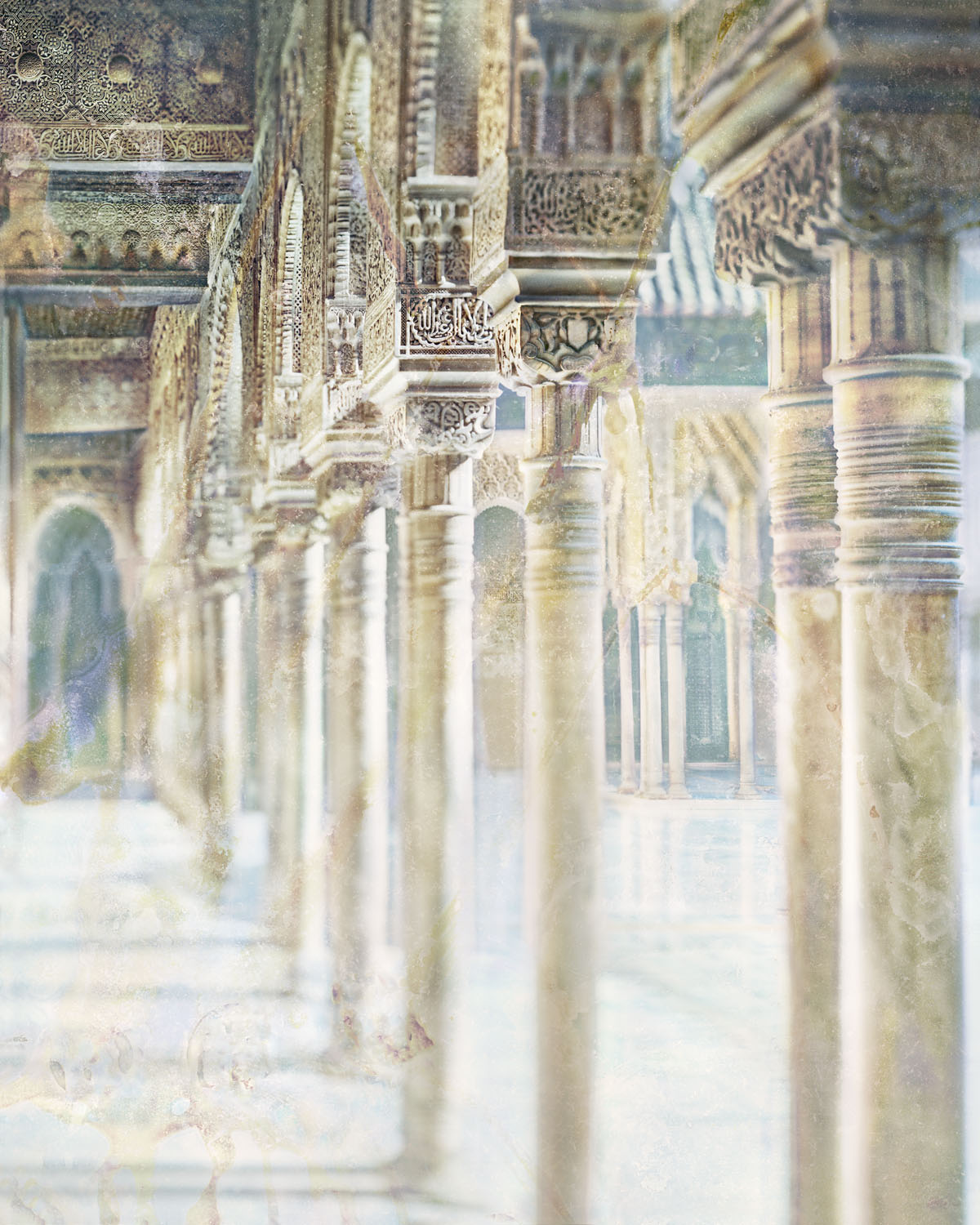
La Alhambra, a look from Fernando Manso
MORE INFORMATION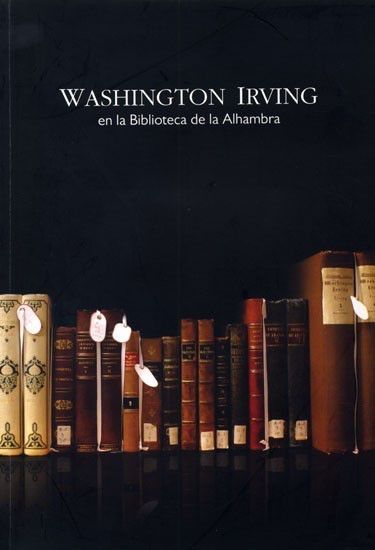
WASHINGTON IRVING AND THE ALHAMBRA
MORE INFORMATION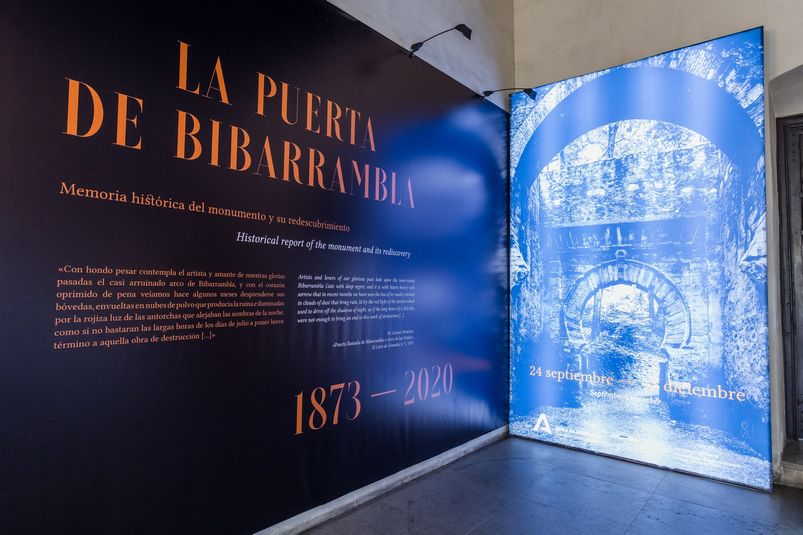
THE GATE OF BIBARRAMBLA. Historical report of the monument and its rediscovery
MORE INFORMATIONTHE EMPEROR´S CHAMBERS
MORE INFORMATION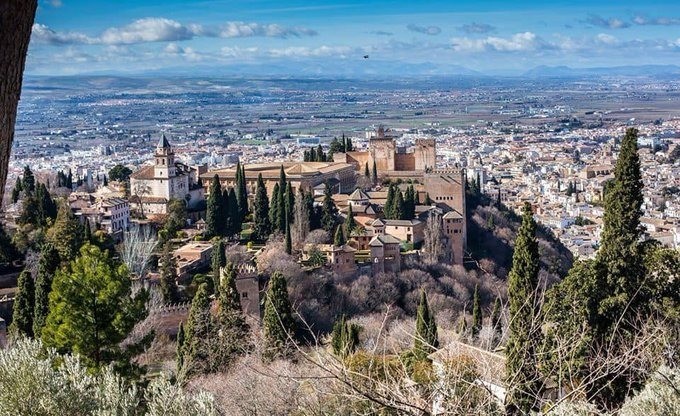
The Council of Alhambra and Generalife will refund automatically the full amount of the bookings
MORE INFORMATION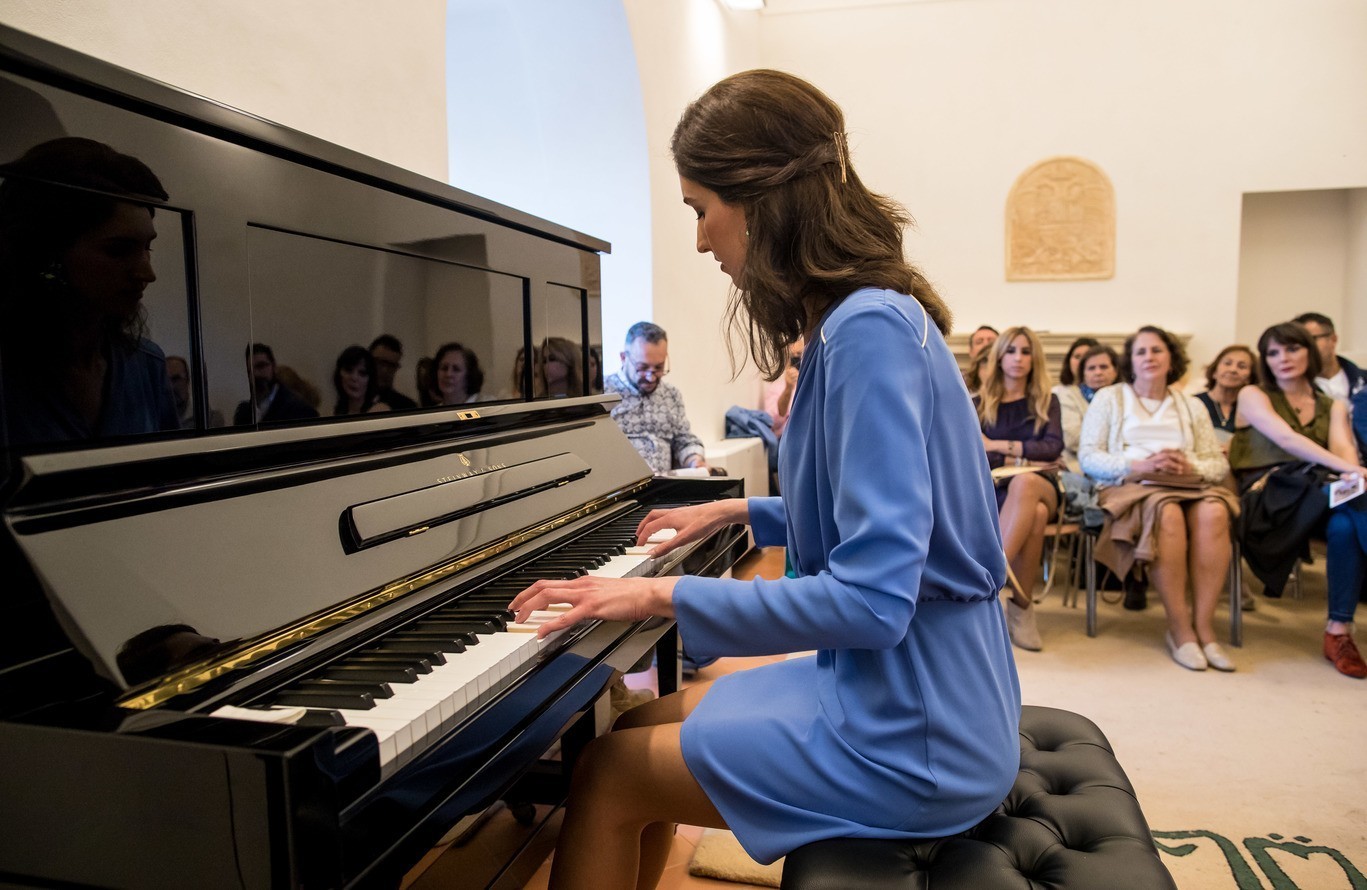





 Contact
Contact















